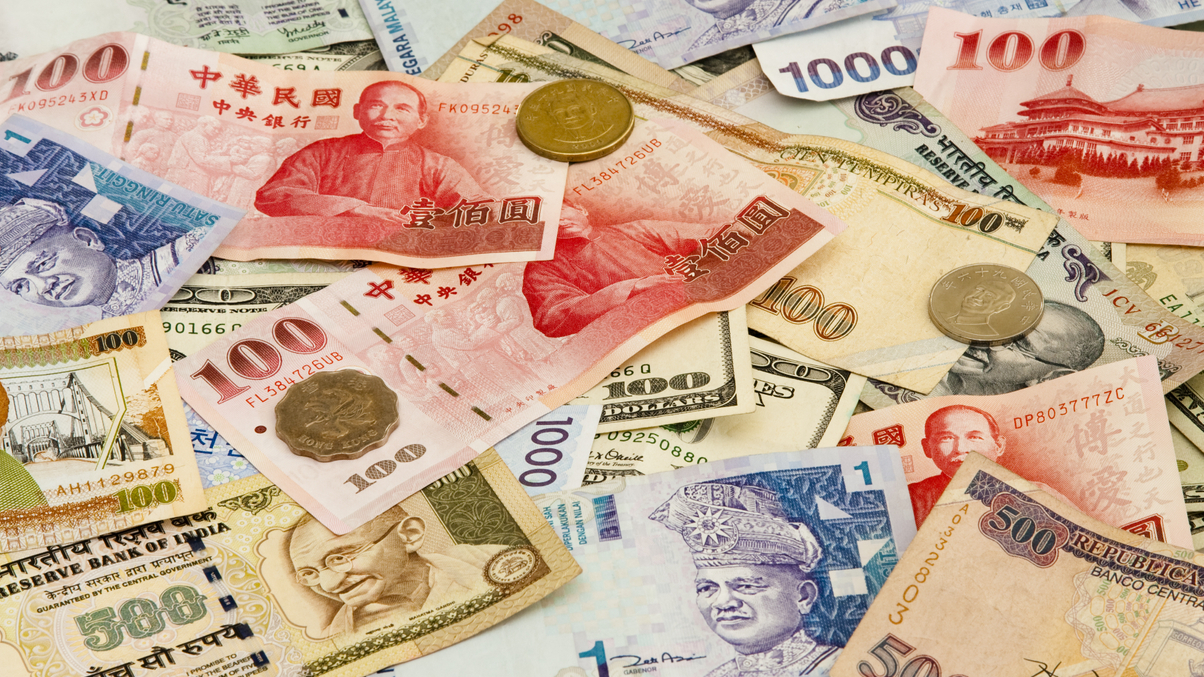Regional currencies look to China for FX stability
Chinese government intervention in its currency market is the only way to curb regional FX volatility, say market watchers. It came after a second day of pain for Asian currencies as the renminbi continued to fall.

Asian currencies, which have been sent on a downward spiral by China’s devaluation, can only be stabilised by government intervention in the renminbi, say market observers.
Sign In to Your Account
Access Exclusive AsianInvestor Content!
Please sign in to your subscription to unlock full access to our premium AI resources.
Free Registration & 7-Day Trial
Register now to enjoy a 7-day free trial—no registration fees required. Click the link to get started.
Note: This free trial is a one-time offer.
¬ Haymarket Media Limited. All rights reserved.


